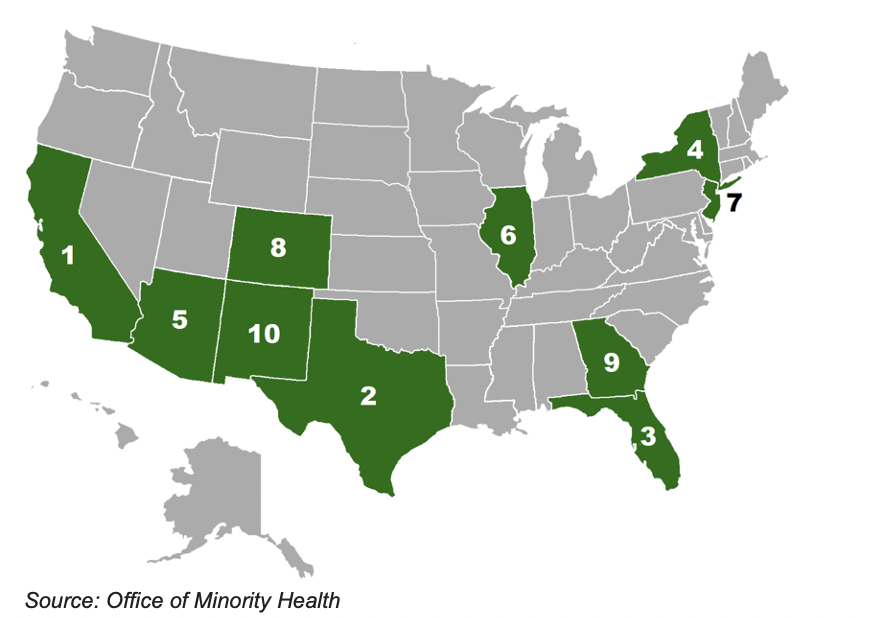Latinos in USA - MLS
By Abraham Mercado
We live in a globalized world, with massive migrations taking place over the last couple of years, due to the pandemic, political instability, economic crisis, or simply because of the possibility of having more opportunities in a country different from your homeland.
This has certainly been the case in the US, where the Latinos represent 19% of the total population.
As of 2020, the Hispanic population in the US exceeded 59 million inhabitants, of which approximately 62% came from Mexico. The two other countries where most Latin Americans living in the United States come from are Puerto Rico and Cuba.
The increase of the Latino population in the US has also resulted in Soccer becoming more popular, with the MLS growing significantly over the last couple of years.
The MLS isn’t just a “retirement league” where great players come to play their last years as professionals, as it was seen as at some point. Nowadays, it is also one of the main leagues that exports players to Europe and a league that is constantly improving their level, with some of their clubs even defeating Mexican clubs at International competitions, something that a few years ago was unthinkable.
It is impossible to talk about the growth of MLS without the involvement that the Latino population has had in it. To prove this, we only have to look at some of the best players currently playing in MLS clubs, with Mexicans Javier “Chicharito” Hernández and Carlos Vela of LA Galaxy and LAFC respectively, Venezuela’s Josef Martinez of Inter Miami, and Peruvian striker Raúl Ruidíaz of Seattle Sounders, just some examples of Latin American players shining in the MLS. “If you want to reach the Latinos in US, there is no better way that use the sport of soccer as a marketing bridge connector” said, Dario Brignole, CEO of Shine Entertaiment Media, one of the top soccer marketing agency in U.S.
In 2020, the states with the largest Hispanic populations were California, Texas, Florida, New York, Arizona, Illinois, New Jersey, Colorado, Georgia, and New Mexico (as represented by the map below).
Hispanic residents accounted for 40.2% of Texas’ population in 2021, while non-Hispanic white residents accounted for 39.4%, according to estimates from the U.S. Census Bureau.
Another example is Los Angeles, where Latinos represent 47.5% of the population. We can see the influence that this has in the culture, when the derby between the two Soccer teams in the city (LA Galaxy and LAFC) is known as “El Tráfico”.
Latin American culture has become an essential part of American culture, and as often happens, sport is a reflection of life.
References:
Ura, A. (2022, September 15). Hispanic Texans may be state’s largest demographic group, census data show. The Texas Tribune. https://www.texastribune.org/2022/09/15/texas-demographics-census-2021/
Población hispana en Estados Unidos: países de orígen | Statista. (2023, February 20). Statista. https://es.statista.com/estadisticas/1265654/poblacion-hispana-de-estados-unidos-por-pais-de-origen/




